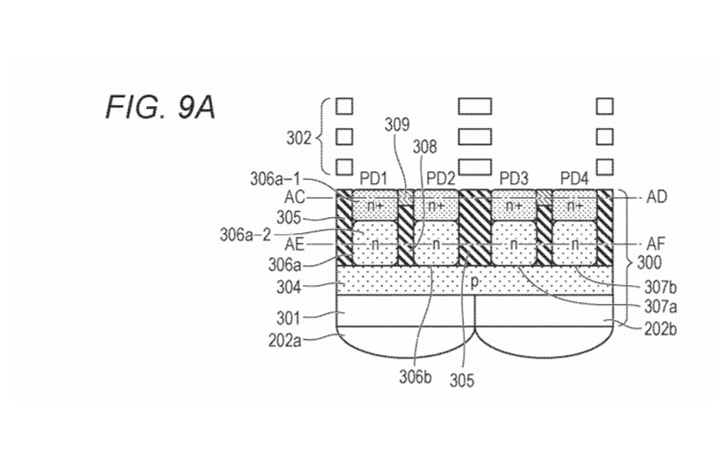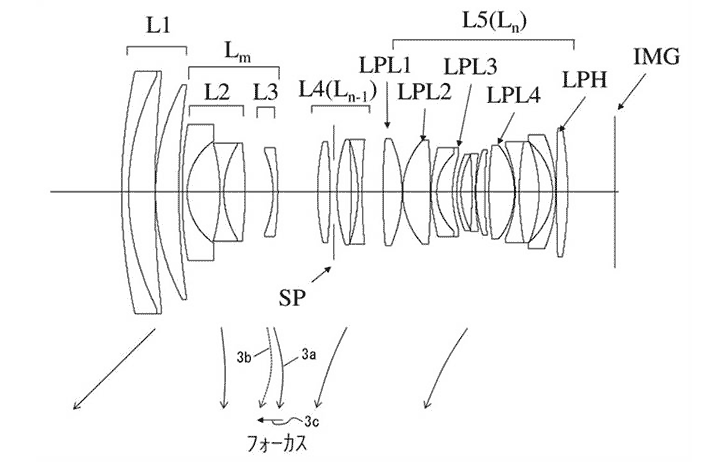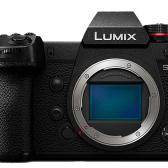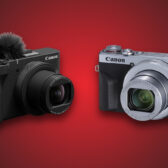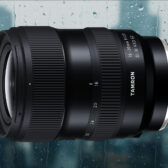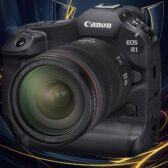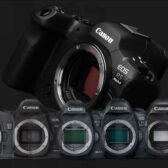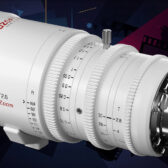Canon continues to work on new sensor designs based on the patents we’ve seen over the last year or so. This patent covers a lot of things, most notably a backside illuminated sensor, or more commonly known as BSI.
Canon News writes: (USPTO 20190035827)
Much has been made over Sony’s BSI (back side illuminated) sensors, and I’m sure Canon is certainly researching making their own. BSI sensors have efficiency gains not found in normal sensors. They are also much better in mirrorless cameras because the light doesn’t have to penetrate as deep into the sensor, and mirrorless cameras have a higher angle of incidence of light hitting the sensor near the corners.
We expect some big gains in Canon sensor technology once the next generation of sensors makes it to consumer products.
|
When you purchase through links on our site, we may earn an affiliate commission. Here's how it works. |


